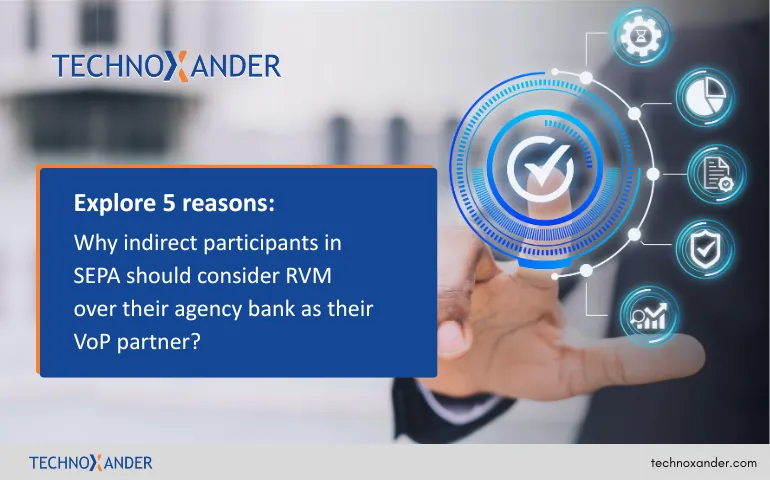The landscape of reimbursement policies for authorised push payment (APP) scams is undergoing a significant transformation, spurred by recent legislative changes in the UK. With the Royal Assent granted to the Financial Services and Markets Bill in June 2023, the Payment Systems Regulator (PSR) now has the authority to implement an innovative method, evenly dividing the reimbursement costs for APP scams between the banks responsible for sending and receiving funds. This article provides a comprehensive review of the existing reimbursement procedures, outlines upcoming changes, and offers strategic guidance to assist banks in preparing for this transformative shift.
Current Reimbursement Framework
Initiated in 2019, the Contingent Reimbursement Model (CRM) Code is a voluntary initiative aimed at mitigating the impact of APP scams. Under this code, Payment Service Providers (PSPs) commit to reimbursing victims who have followed prescribed guidelines. The code, overseen by the Lending Standards Board (LSB), establishes unwavering standards for signatory PSPs and provides a robust dispute resolution mechanism through the Financial Ombudsman Service.
Upcoming Changes in the UK
Recent legislative amendments empower the PSR to enforce mandatory reimbursement for APP scams, ushering in a 50:50 cost-sharing model between sending and receiving banks. This shift advocates for a holistic fraud prevention approach, requiring banks to recalibrate their focus on both outgoing and incoming transactions. Pivotal features include reinforced rules within Faster Payments, consistent minimum standards for customer protection, and transparent industry guidance.
Global Implications and Considerations
While the UK leads in innovative reimbursement models, global markets closely observe these changes. Australia and Singapore are contemplating similar approaches, prompting discussions on unintended consequences such as heightened risk and potential financial exclusion. Banks globally are urged to prioritise robust fraud prevention measures, leveraging advanced data analytics, instituting comprehensive customer education, and establishing an adaptive feedback loop to navigate evolving reimbursement policies effectively.










